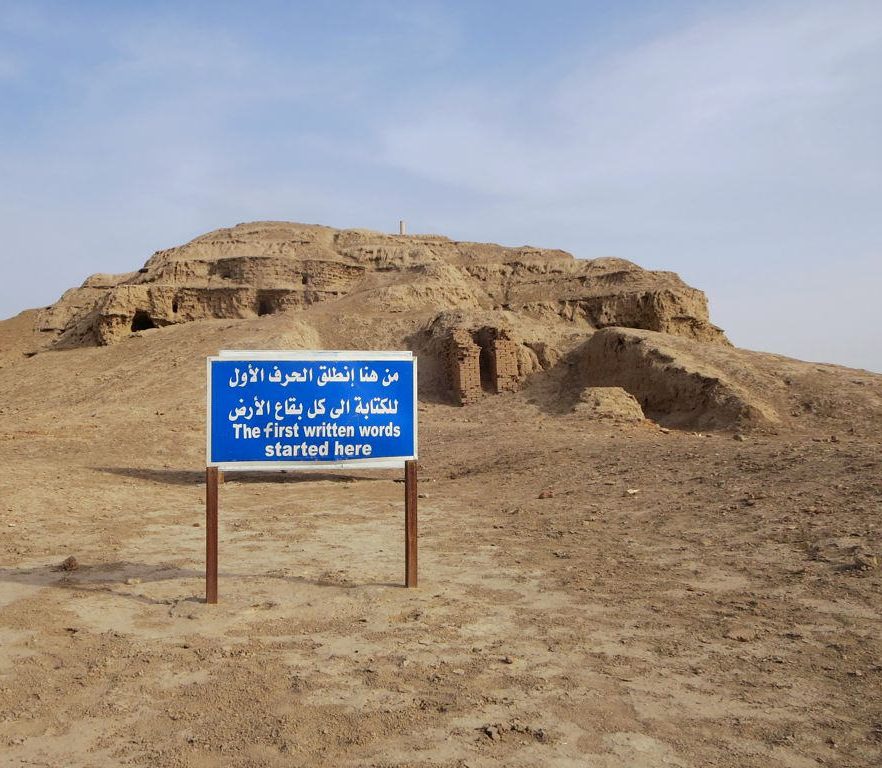Summary
An Ancient City of Grandeur
Uruk stands as a monumental city within human civilization’s history. Often referred to as the first true city, its roots stretch back to the fourth millennium BC. Inhabited for thousands of years, Uruk blossomed in the Uruk period, fostering significant advancements. This period marked the invention of writing, specifically cuneiform, revolutionizing record-keeping and literature. With a complex layout, Uruk featured an intricate road system and impressive buildings like the renowned ziggurat Eanna. Here, visitors can glimpse the ingenuity of early urban planning and the foundations of societal development.
Get your dose of History via Email
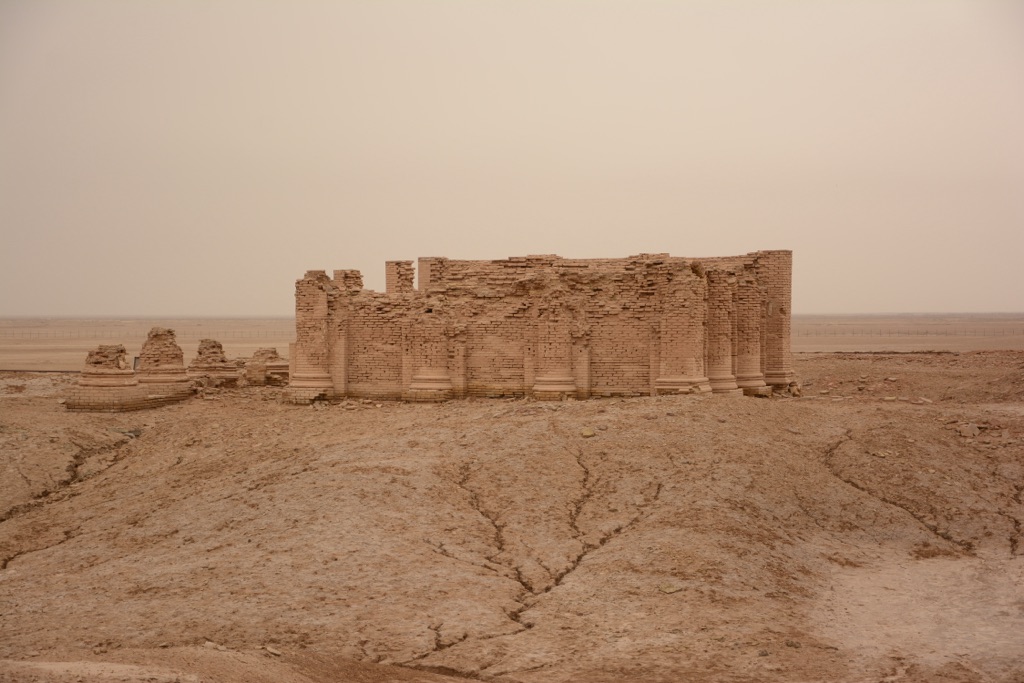
The Cradle of Writing and Epic Literature
The importance of Uruk transcends architecture, as it is the backdrop for the legendary Epic of Gilgamesh. This epic poem, among the oldest known literary works, tells the story of King Gilgamesh’s reign. Archaeologists have unearthed tablets that showcase Uruk’s religious, economic, and cultural life, providing an invaluable window into the past. These artifacts underscore the city’s role as a cradle of civilization. The legacy of its cuneiform writing continues to influence modern systems of communication and education profoundly.
Preserving a Legacy
Today, Uruk’s ancient ruins beckon historians, archaeologists, and curious visitors alike. Efforts to preserve Uruk’s integrity involve meticulous excavation and conservation projects. These efforts ensure the site remains a testament to human progress. As a symbol of the Mesopotamian golden era, Uruk’s historical value is immeasurable. It teaches us about humanity’s drive for innovation and community. The impact of Uruk on our world history cannot be overstated, from its ancient streets to the stories etched in clay.
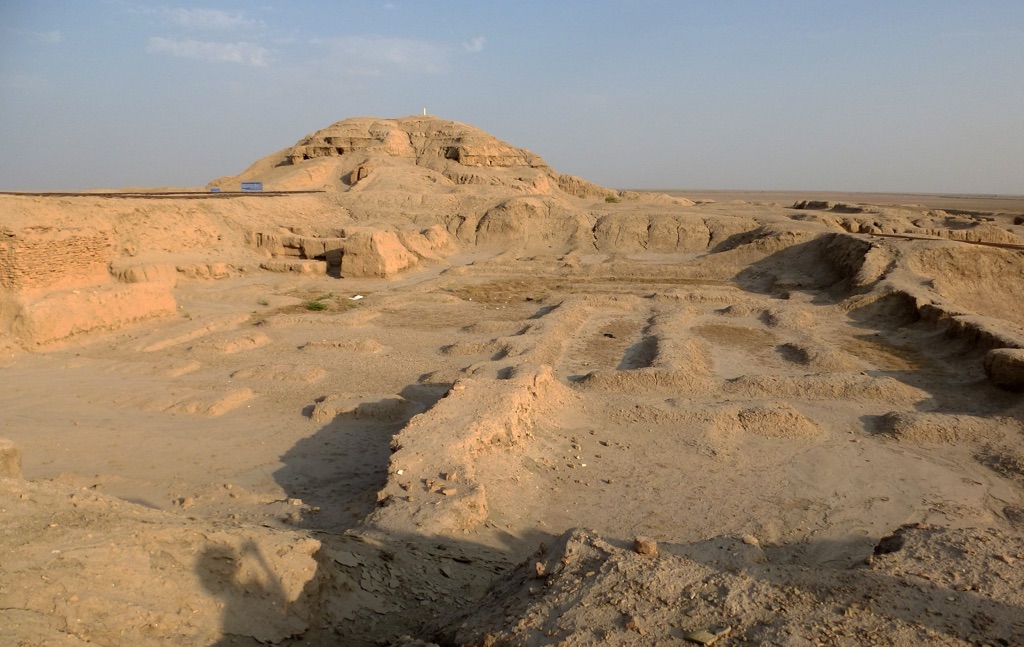
Historical Background of Uruk
The Dawn of Urbanization
Uruk, often heralded as the world’s earliest known city, laid the foundation for urban living. Sprouting along the fertile banks of the Euphrates River, Uruk saw its inception around 4500 BC. Here, a melting pot of innovation and culture thrived, making it a hub of early human progress. Its scale and structure suggest a sociopolitical evolution unlike any before, highlighting the dawn of city-states. Uruk grew, not just in size, but also as a beacon of human achievement, providing a blueprint for future civilizations.
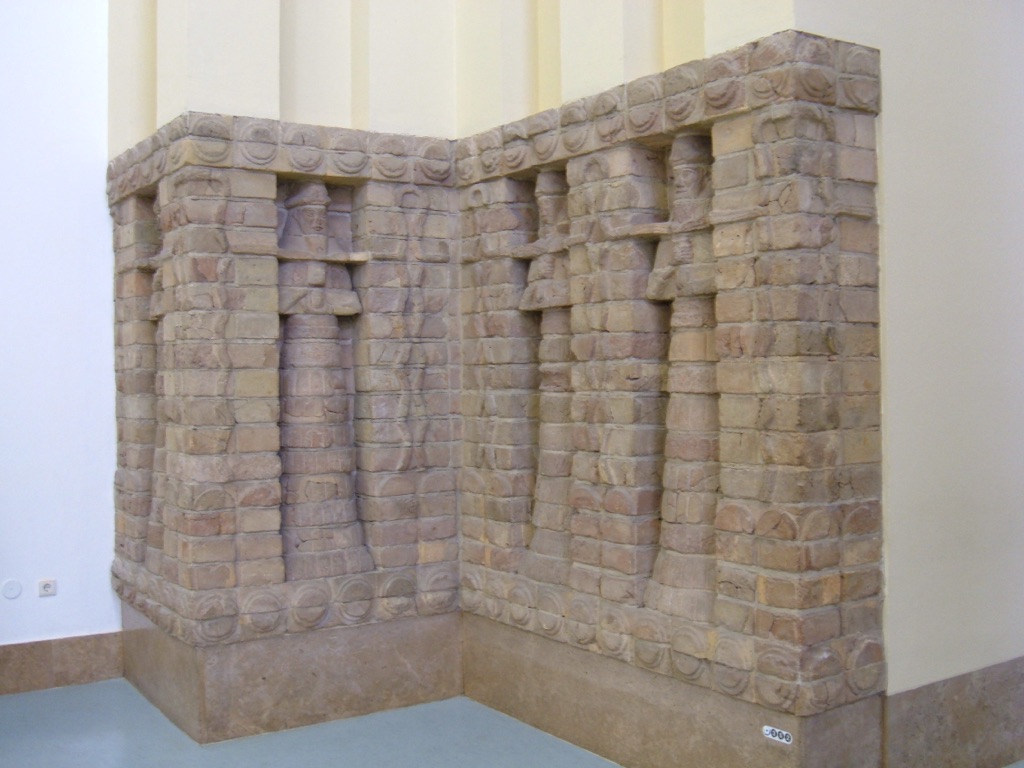
Architectural Marvels of the Ancient World
This city’s planning showcases a level of sophistication in civil engineering. With grand temples and towering ziggurats, it was a sight to behold. The ziggurat of the Eanna district remains an emblem of Uruk’s might and religious significance. These sprawling complexes serve as a testament to the Sumerians’ architectural prowess. They also denote the city’s role as a religious and administrative center. Even now, these structures inspire awe and offer insight into ancient Mesopotamia’s societal organization and prowess.
The Birthplace of Writing
Among its many contributions, Uruk is celebrated as the birthplace of writing. The inaugural cuneiform texts emerged here, around 3200 BC. This breakthrough in communication preserved laws, prayers, and epic tales for posterity. Remarkably, the earliest fragments of the Epic of Gilgamesh, a literary masterpiece, were found here. This priceless piece of history underscores Uruk’s role in shaping the narrative of human civilization through literature and written records.
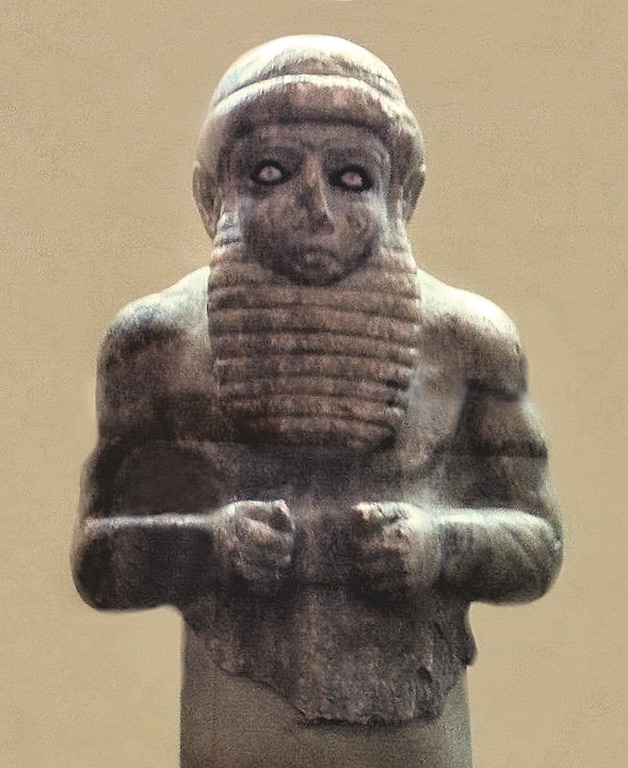
Inhabitants of Uruk were not only pioneers in writing but also in agriculture, pottery, and textiles. They cultivated an economy that thrived on both farming and trade. With the Tigris and Euphrates rivers nearby, they engineered an irrigation system that bolstered their agricultural output. The economic stability led to a boom in crafts and trade, expanding Uruk’s influence far beyond its city walls.
Today, conservationists and scholars work tirelessly to preserve Uruk’s crumbling clay walls and edifices. They aim to protect this site for future learning and exploration. Understanding Uruk’s story is crucial for grasping our collective human history. While only a fraction of its majesty remains, Uruk continues to captivate and educate. It stands as a profound reminder of humanity’s relentless march toward progress.
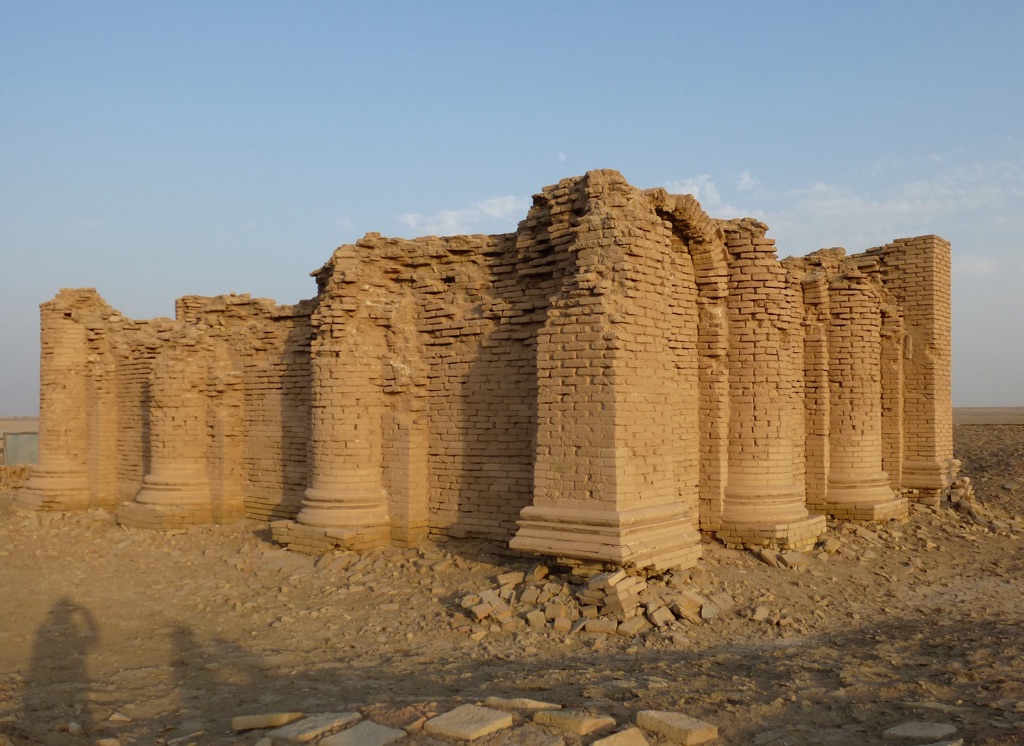
The Discovery of Uruk
Unearthing a Forgotten City
The rediscovery of Uruk in the mid-19th century marked a momentous point in archaeological history. It was William Loftus, a geologist and explorer, who first identified the site in 1849 during his travels. He stumbled upon the vast ruins in southern Mesopotamia, in modern-day Iraq. Loftus understood the significance of his find, as he uncovered a world that had been buried by sand and time.
Initial Excavations
Formal excavations began later, spearheaded by the German Oriental Society in 1912. Further efforts paused due to World War I but resumed in earnest by 1928 under the lead of Julius Jordan. They revealed layers of civilization, with artifacts dating back over 5,000 years. These initial digs opened a window into an era that had shaped early human society, revealing grand temples and intricate art pieces.
Deciphering Cuneiform
One of the most significant discoveries at Uruk was a trove of cuneiform tablets. These tablets would become key in decoding the language and script of ancient Mesopotamians. Scholars around the world marveled as they deciphered laws, economic records, and literature, including the Epic of Gilgamesh. Understanding cuneiform was like unlocking secrets of the distant past, shedding light on Uruk’s prominence in history.
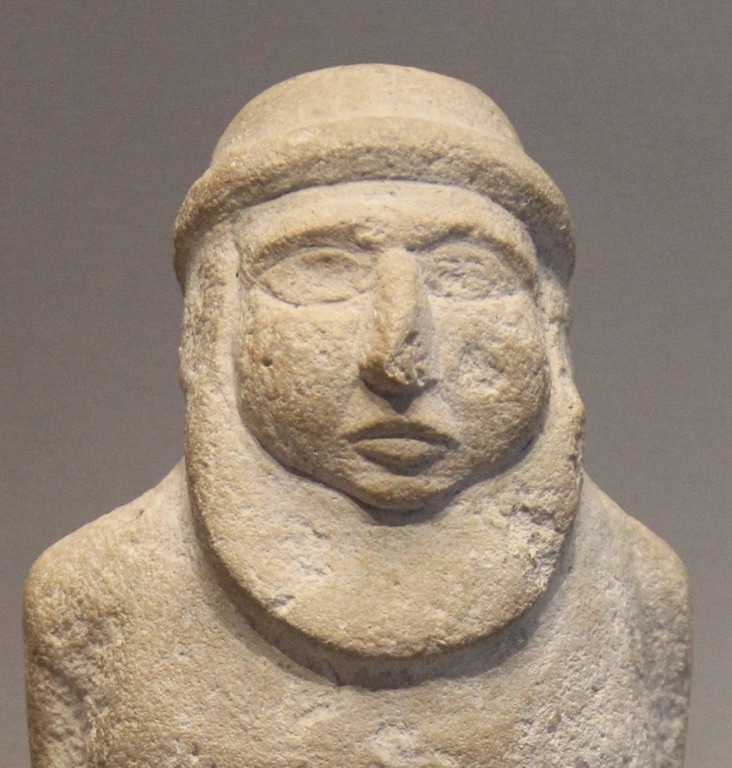
Continuous excavation and research at Uruk unfolded the city’s complex urban design. It also revealed social hierarchies and influential religious practices. Wall paintings, cylinder seals, and numerable artifacts painted a detailed scene of daily life. Each find added to the rich tapestry of Uruk’s heritage as researchers pieced together the existence of those who once thrived there.
Today, the site remains an active area of research, with international teams working to uncover more secrets. Preservation also stands as a crucial goal, as the city’s remains face threats from both the elements and human activity. The discovery and ongoing exploration of Uruk not only tell of a city’s ancient glory but also chart the story of human civilization itself.
Cultural Significance, Dating methods, Theories and Interpretations
The Heart of Sumerian Civilization
Uruk emerges as a pivotal cornerstone in understanding Sumerian culture. Its ruins tell tales of religious rites, social structures, and economic practices. The city was home to massive temples, dedicated to gods like Inanna, indicative of the theocratic governance that possibly prevailed. This religious significance is why many consider Uruk a cultural nexus for the Sumerians, where spirituality and daily life were inextricably linked.
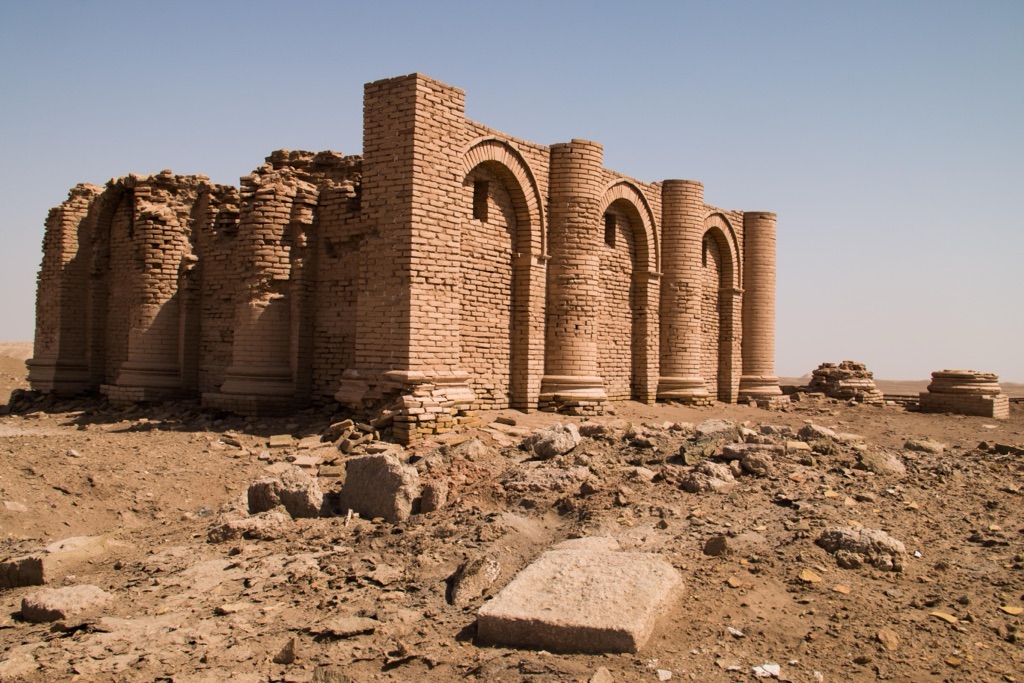
Chronology Revealed Through Stratigraphy
Archaeologists have applied stratigraphy to date the layers of Uruk’s existence. This method examines soil layers and artifacts to establish timelines. Through this, Uruk’s development over time is revealed—the city moved from a small village to a sprawling urban center. Radiocarbon dating of found objects dates the city’s earliest habitation to around 4500 BC. It further proves the city’s rise in the Uruk period, lasting from 4000 to 3100 BC.
Interpreting Eanna’s Extensiveness
Theories about the city’s decline and transformation abound. Some scholars suggest internal strife or ecological shifts led to Uruk’s waning influence. Others propose theories based on trade patterns and external conflicts. Its decline begins in the Eanna district, once bustling with activity. Today, this area offers insight into Uruk’s sophisticated urban character and its gradual demise.
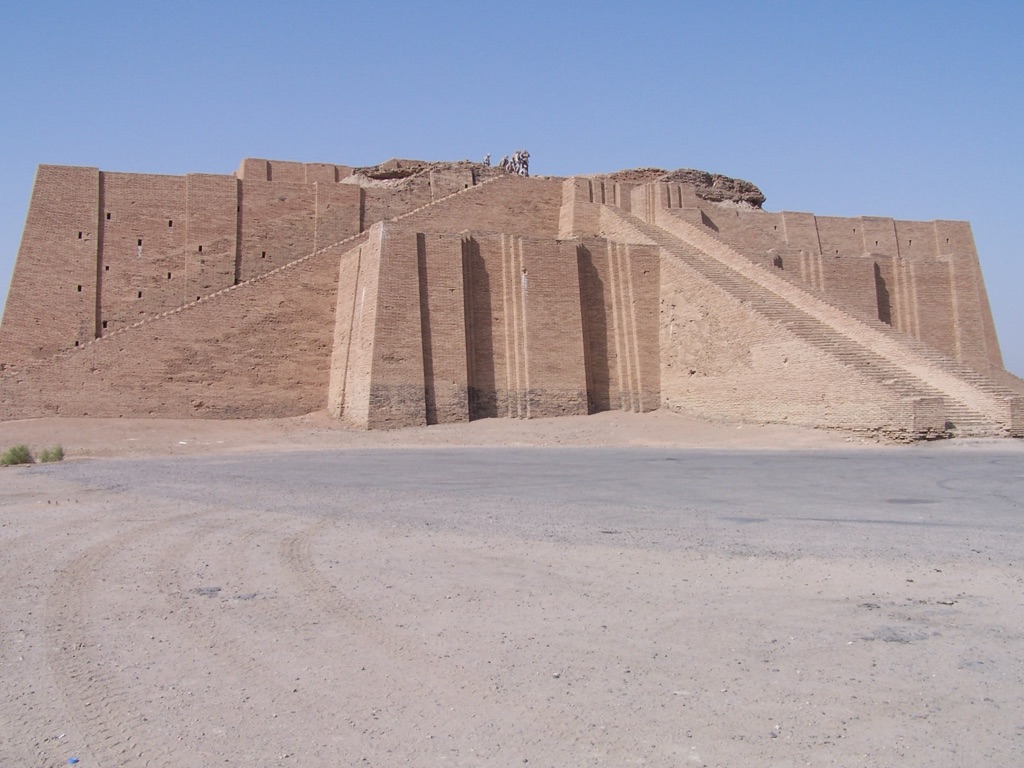
Cultural significance also extends to Uruk’s influence on writing and bureaucratic control. Uruk saw the earliest use of pictograms and cuneiform script. This invention is a significant marker of its civilizational progress. Scholars continue to decode these tablets, thus unraveling the mysteries of ancient administrative systems and education practices.
Historians also probe the city’s artistic achievements. Cylinder seals from Uruk display a keen eye for intricate design and iconography. These artefacts depict scenes of mythological and everyday significance, reflecting a culture rich in storytelling and symbolism. They remain crucial in understanding the Sumerians’ interaction with their deities and the world around them.
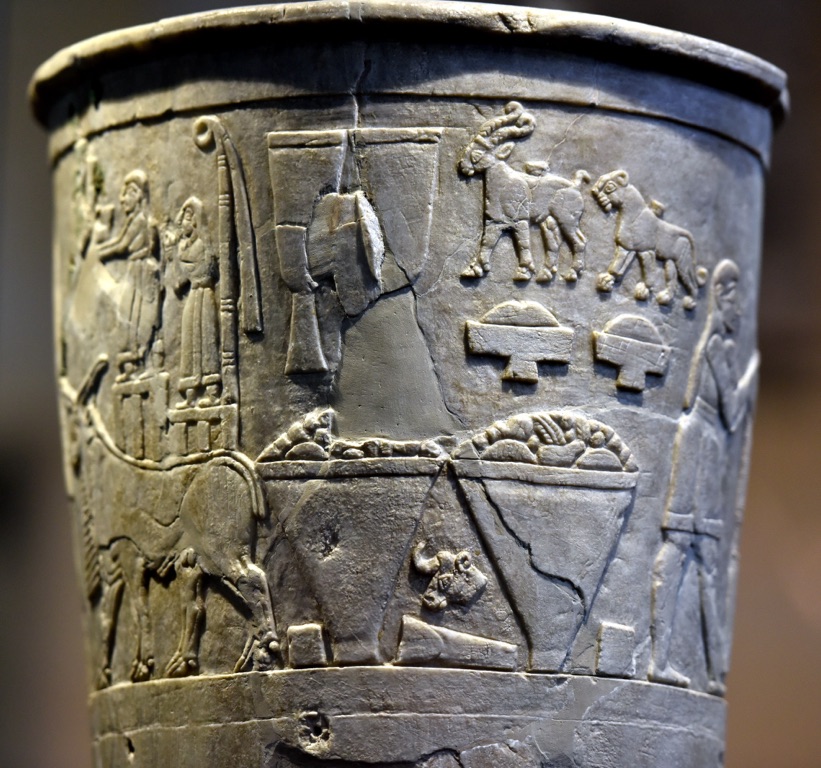
Conclusion and Sources
The exploration of Uruk has peeled back layers of history, revealing the monumentality of its culture, the innovation of its people, and the richness of its contributions to civilization. Serving as an ancient hub of religion, economy, and administration, Uruk’s intricacies and complexities continue to amaze historians and archaeologists alike. Despite the many discoveries, Uruk still holds mysteries that prompt ongoing inquiries and theories. Its influence on subsequent cultures and our understanding of early human societies serves as a testament to its enduring legacy. As the cradle of writing and a model of early city development, Uruk’s significance in human history cannot be overstated. The ongoing commitment to its study and preservation ensures that the lessons from this ancient city will enlighten future generations.
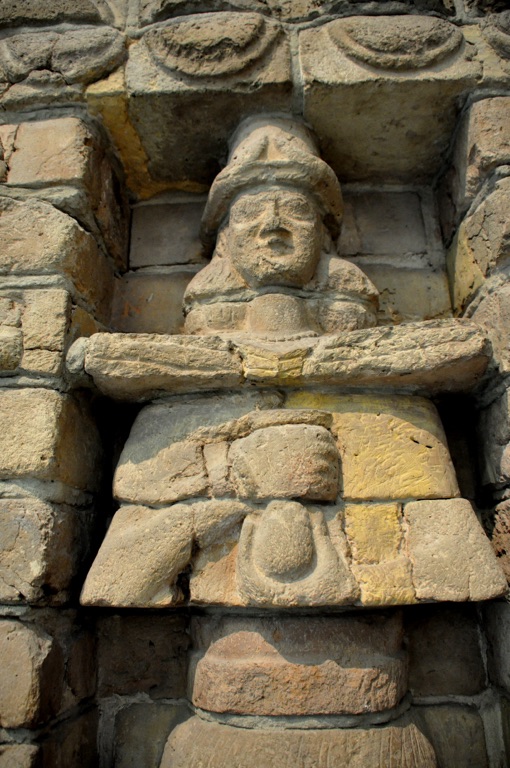
For further reading and to validate the information presented in this article, the following sources are recommended:
Or you can check any of these reputable archaeological and historical texts:
Kramer, S. N. (1981). ‘History begins at Sumer: Thirty-nine firsts in man’s recorded history’, University of Pennsylvania Press.
Algaze, G. (2008). ‘Ancient Mesopotamia at the Dawn of Civilization: The Evolution of an Urban Landscape’, University of Chicago Press.
Postgate, J. N. (1994). ‘Early Mesopotamia: Society and Economy at the Dawn of History’, Routledge.
Pollock, S. (1999). ‘Ancient Mesopotamia: The Eden that Never Was’, Cambridge University Press.
George, A. R. (2003). ‘The Babylonian Gilgamesh Epic: Introduction, Critical Edition and Cuneiform Texts’, Clarendon Press.
Foster, B. R. (2016). ‘The Age of Agade: Inventing Empire in Ancient Mesopotamia’, Routledge.
Uruk FAQ
What is Uruk called now?
Uruk, one of the most important cities in ancient Mesopotamia, is now known as Warka in modern-day Iraq. It was one of the earliest and largest cities in human history, playing a central role in the urban development of the region.
Why was Uruk famous?
Uruk was famous for being one of the earliest and most significant cities in ancient Mesopotamia, known for the development of cuneiform writing, monumental architecture including ziggurats, and its role in the Epic of Gilgamesh. As a major cultural, religious, and economic hub, it played a crucial role in the urbanization and state formation of early human civilization, influencing surrounding regions and contributing significantly to the history of human development.
Where is the city of Uruk?
The ancient city of Uruk is located in the modern-day country of Iraq, specifically in the southern part of the country. The site, known as Warka in modern times, lies in the Euphrates river valley, southeast of the city of Nasiriyah.The ancient city of Uruk is located at the approximate map coordinates 31.3222° N latitude and 45.6389° E longitude.
Did Uruk become Babylon?
Uruk and Babylon are distinct entities in the historical and archaeological record of ancient Mesopotamia. They were both significant cities, but they did not morph from one into the other; instead, they existed as important urban centers in their own rights within the Mesopotamian region.

